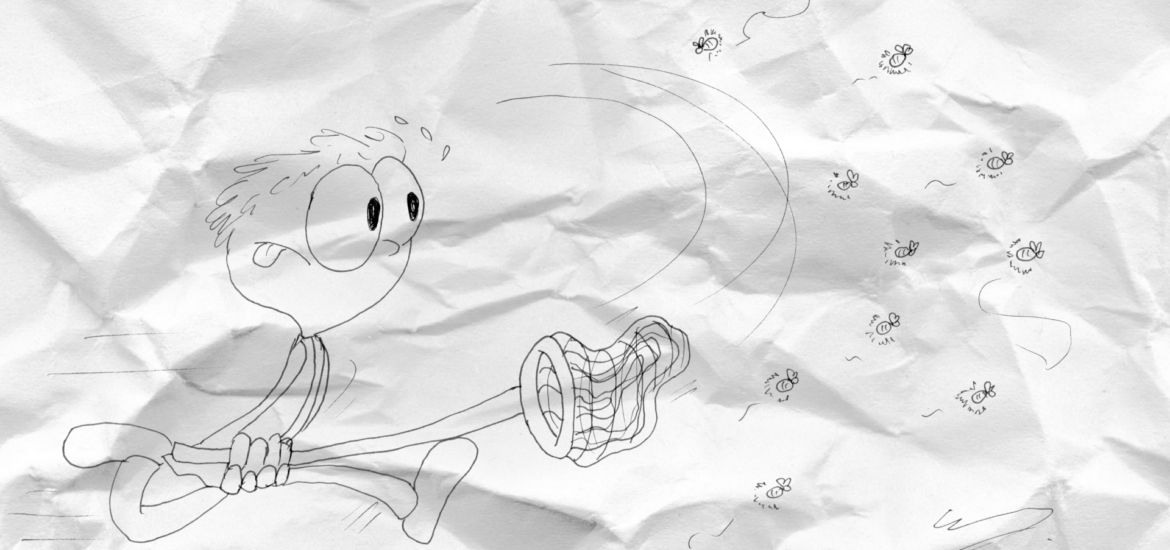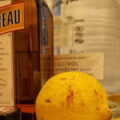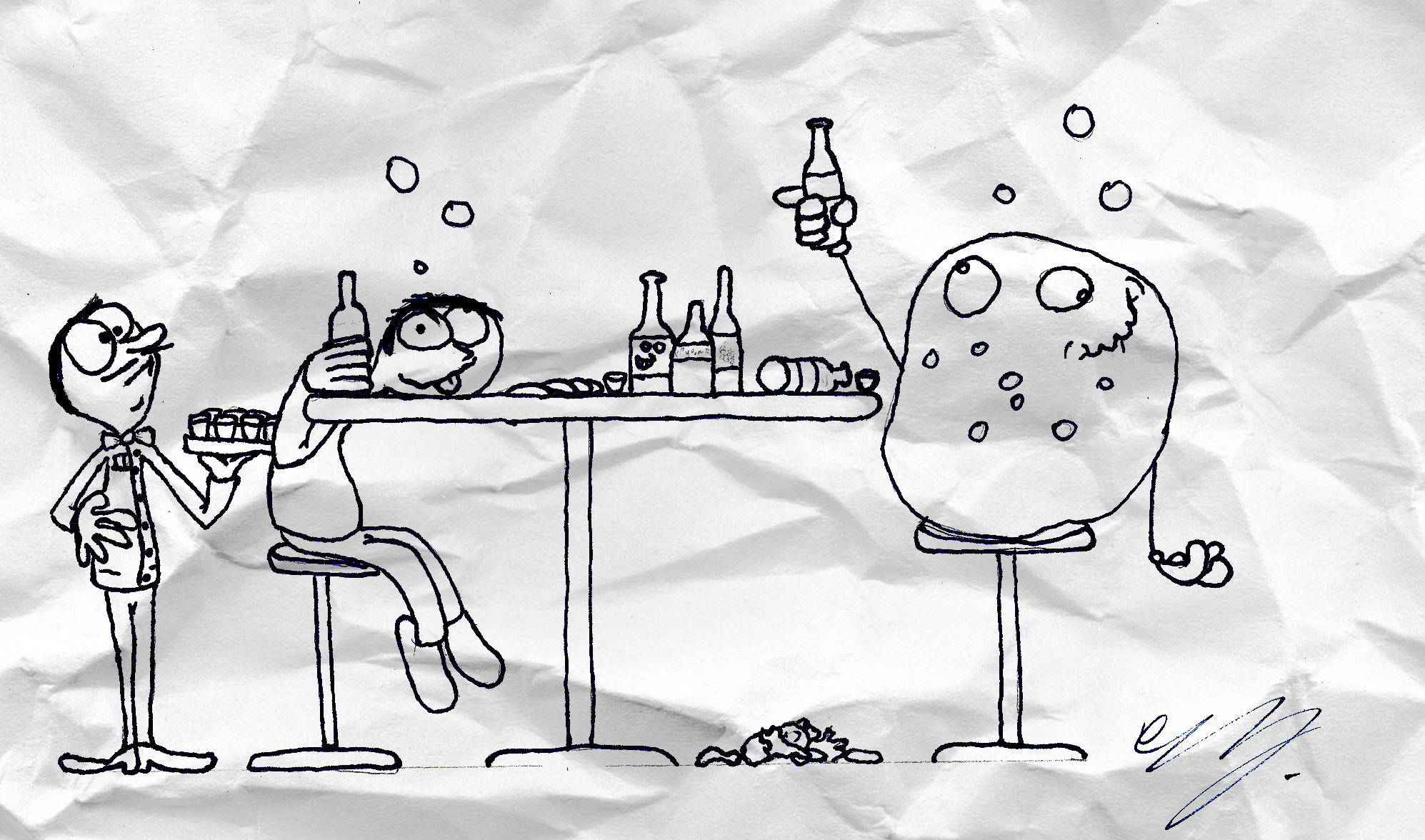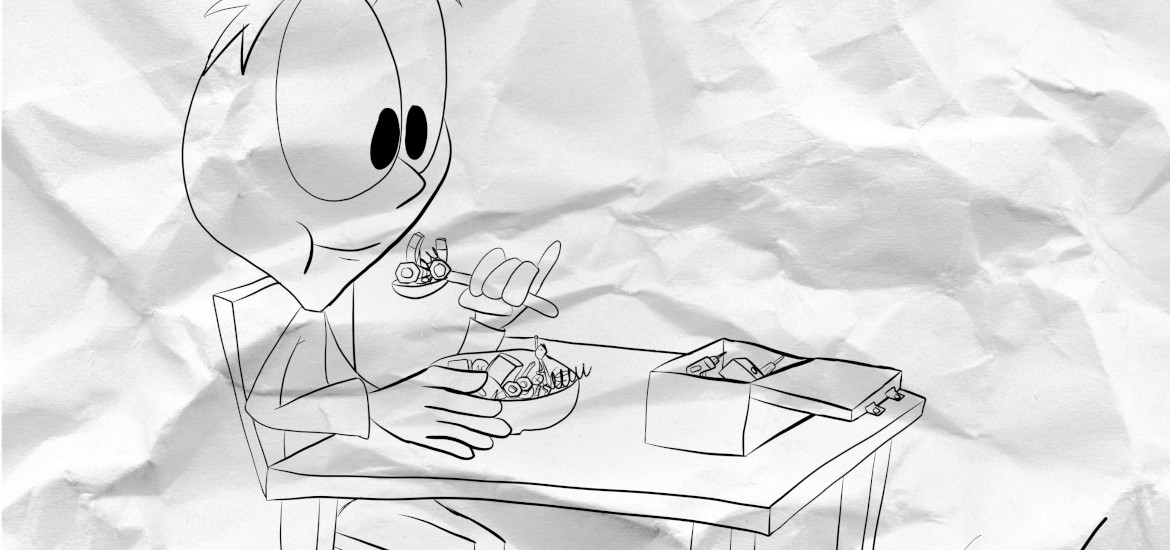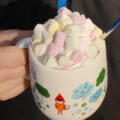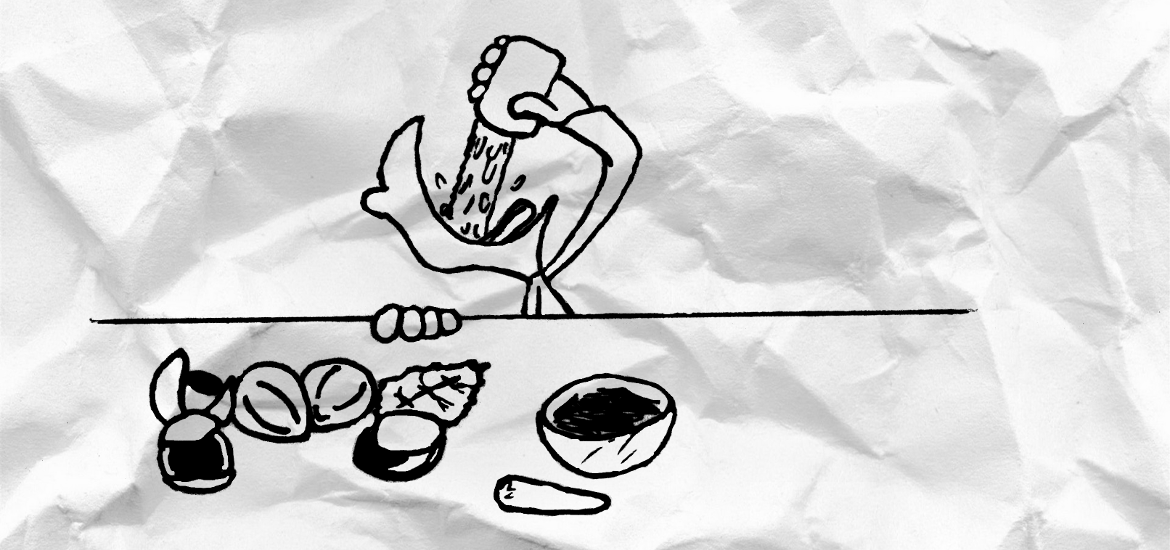During my exploration of sparkling cocktails, I discovered something fascinating. It started with this fascinating video, where dried fireflies are mixed with water and start to glow! Dried fireflies were not the thing that I would like to add to a cocktail, so I did some thinking and research. It turns out that fireflies are actually sea fireflies. Unfortunately, they can be found in Southern Japan on the internet. Thinking further, if fireflies could be used in such a way, maybe other things, like plankton could also be used. And plankton is much easier to find, collect and a much better addition to a cocktail than a firefly. Now all I had to do was to bring this to practice. And if my experiment would work, other sources of bioluminescence, including fireflies, could be tried.
Theoretical background
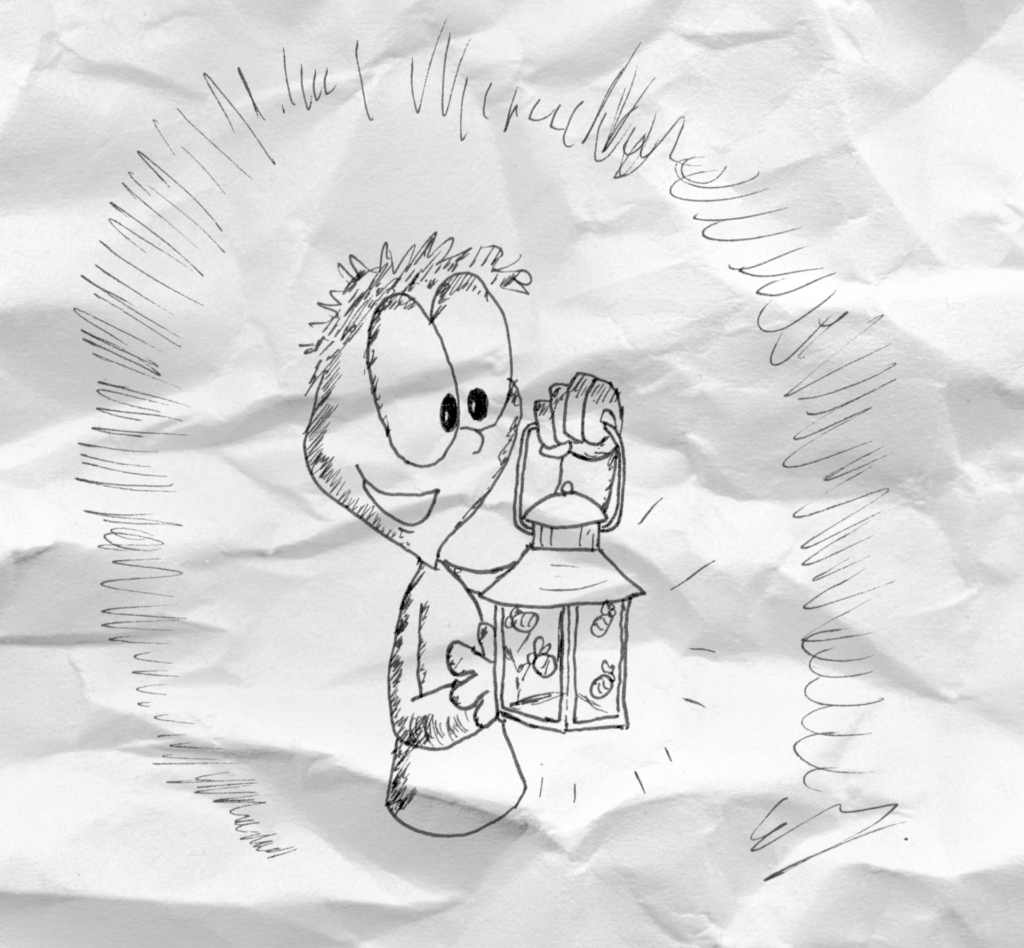
Plankton consist of many, many things. But only some of them shine during the night, for instance some members of Dinoflagellate, which make up a part of plankton in all aquatic environments. Their bioluminescence is controlled by a circadian clock and only occurs at night and is maximal at the end of the night. Therefore it would make sense to collect plankton during the night. Harvesting can probably be done with a sieve or a sloth. Although individual dinoflagellates range in size from about 5 to 2,000 micrometers, I guess they tend to stick together in even bigger lumps. If the water after sieve or cloth harvesting is not shining anymore, I believe the job of catching them is done. Drying probably is not a problem, the main question for me is if there will be any strong salty aftertaste. If there will be a strong aftertaste, washing might be required. After collection and drying, activation might also not be that simple, since it might be pH dependent.
Harvesting plankton
As anticipated, the plankton was relatively sparse in the evening, but as the night grew, so did the plankton count. It definitely did not look something like the Bioluminescent bay, but you could see some sparks here and there. I used a tote bag to filter the water. It went super easy and there was no observable plankton in the water that was flowing out of the bag. The beg was left to dry overnight, but in the morning it was without observable residue. Maybe the openings of the sieve were too big or the amount of the plankton was too low. Anyway, this needs to be repeated with a more appropriate collection device like this one.
Harvesting mushrooms
With the first failed plankton experiment, I was forced to look for alternatives. First are the mushrooms. There are a lot of varieties, and maybe some of them are edible. I found the list of bioluminescent mushrooms on Wikipedia (where else). After checking 119 species listed there I was a bit disappointed, although not surprised. Firstly, this list also contains mushrooms that exhibit bioluminescence in mycelium, which is not exactly useful for me. Mycelium might not be edible and even if it is, it is hard to collect and clean. Secondly, really cool mushrooms like jack-o’lantern mushrooms that have a fabulous glow, are poisonous for humans. Others, like bitter oyster have – nomen est omen – bitter taste and are not edible. There is only one species on the list that I found that is directly described as edible. All in all there are only a few species which are not described as inedible or toxic, but this is not something that I would like to explore by myself. Finally, these mushrooms grow in specific parts of the world, further limiting my chances of collecting them.
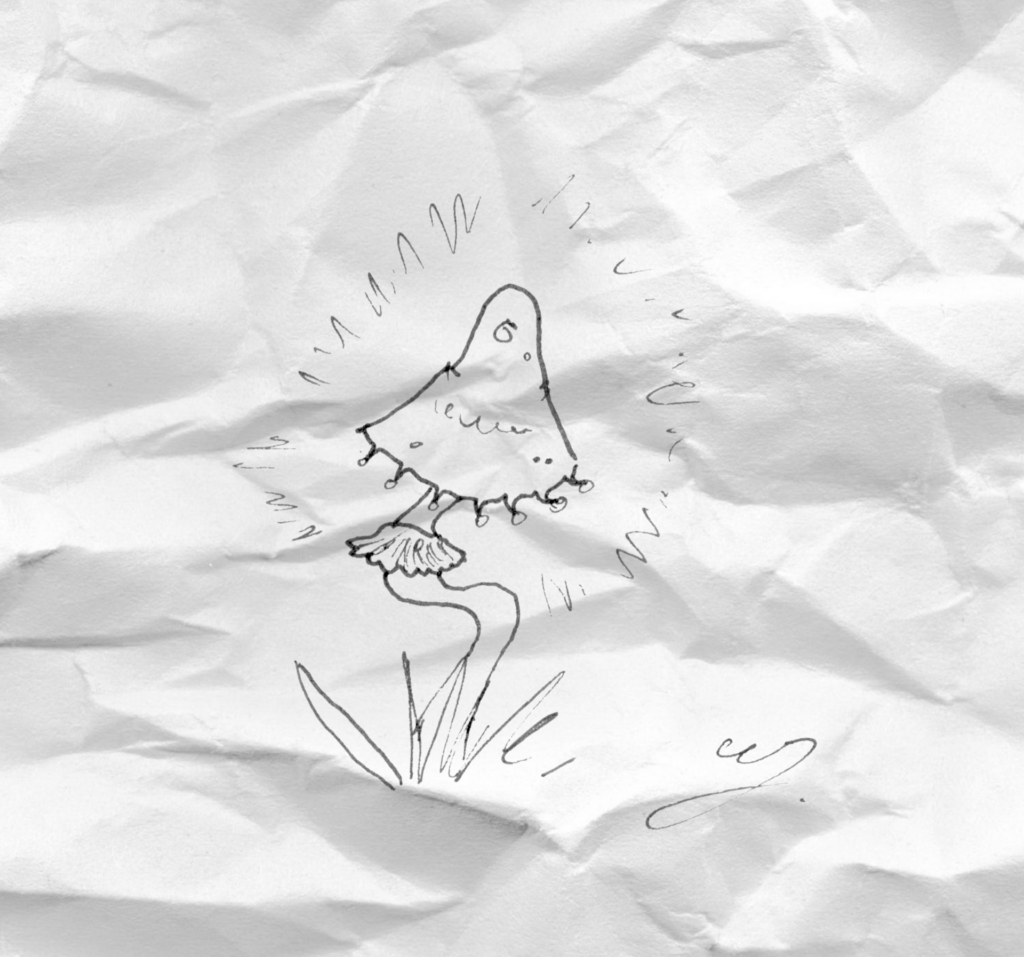
The only edible bioluminescent mushroom is Mycena polygramma. The catch is that is is only slightly bioluminescent, as explained here: “These mushrooms are reported to be slightly bioluminescent (the gills glow in the dark), although their ghostly greenish light emissions are usually far too weak to be visible to the human eye in a normal woodland environment, even on a moonless night.”
In the last desperate attempt I cross referenced the list of bioluminescent fungi with potential edible mushrooms. There were a couple of hits: Armillaria cepistipes, Armillaria gallica, Armillaria mellea, and Armillaria ostoyae. Unfortunately only mycelium of these mushrooms is bioluminescent, and thus I have unsuccessfully completed my search for a suitable bioluminescent mushroom. One positive thing from this research was this little gem of an article, listing and covering all the bioluminescent mushrooms and their uses.
Other plant sources of bioluminescence
Bioluminescence in plants is quite rare and I did not find any useful examples. There are some fascinating plants like this Firefly Petunia (Petunia hybrida). The only problem is that these plants are genetically engineered with genes from bioluminescent organisms and are not edible even when not genetically altered. So this is definitely not something I would use since they were never meant to be consumed.
Other animal sources of bioluminescence
There are also animals that glow in the dark. The most well known are the fireflies. The first thing is that for many it might be a bit off putting to place insects, or parts of insects in their drinks. Secondly, and more importantly, bioluminescence might be present in organisms which also produce toxins to ward off potential predators. This is also the case in some firefly species. On the basis of all of the above, I would guess the more complex the organism exhibiting bioluminescence, greater are the chances that it is inedible for humans. Therefore I decided to stop my research into the animal sources of bioluminescence.
Conclusion
In the end it seems that a return to the beginning seems inevitable. It all started with sea fireflies and it will also end with them. The only bioluminescent thing that you can probably safely and easily add to your cocktail to get it to shine are the sea fireflies.
